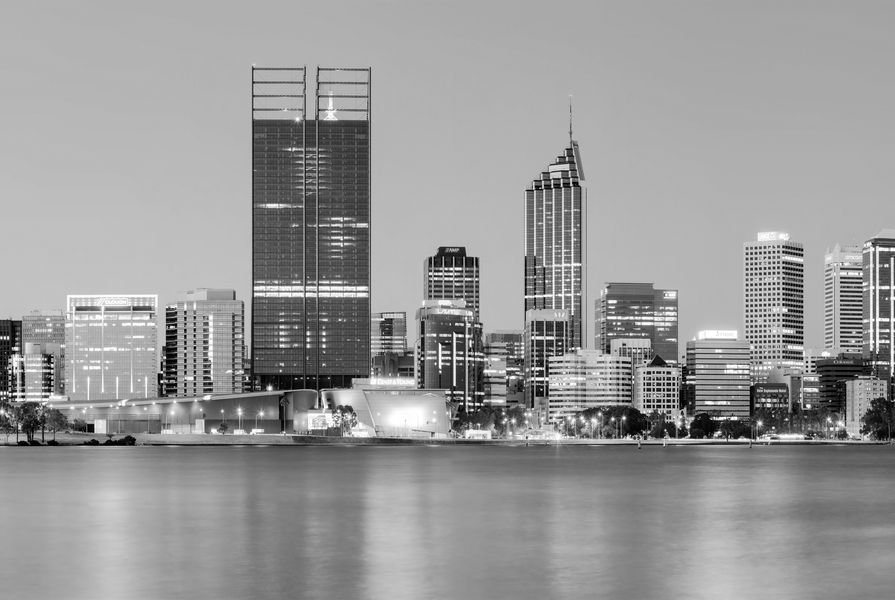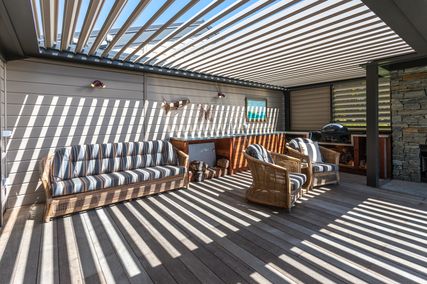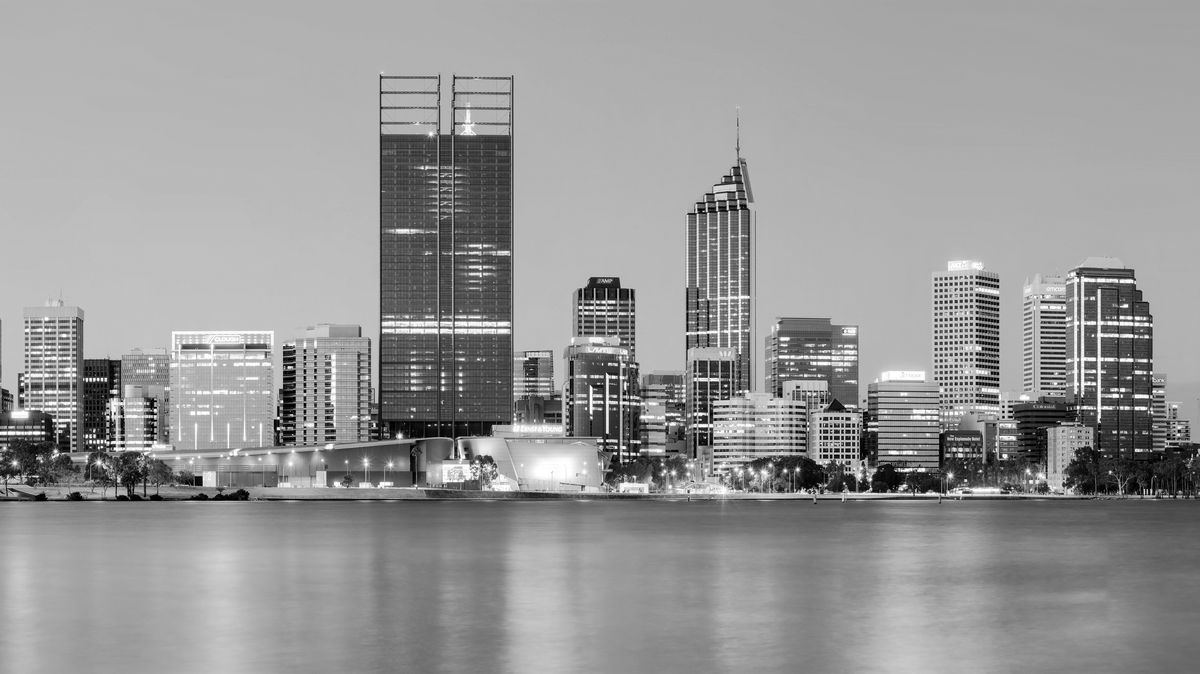The head of Western Australia’s Environmental Protection Agency (EPA) has said smart urban planning strategies are needed to prevent Perth becoming more sprawled and having a negative impact on the surrounding environment.
According to the EPA, heat-related deaths in Perth may double after 2050 due to the effects of climate change, and by 2030 surface water available for use by people will have diminished by 24 percent.
The agency released an interim report that contained 36 recommendations addressing issues such as land protection, air and water quality, the protection of people’s health and amenity, infrastructure and urban and industrial development. Some of the key recommendations in the report include tree planting to reduce the urban heat island effect, an integrated public transport system and the protection of remaining areas of native vegetation.
The Western Australian state government unveiled a plan earlier this year to accommodate a population of 3.5 million in the Perth and Peel regions by 2050. The Perth and Peel@3.5 million plan stretches across an area of 150 kilometres that is home to 2 million people.
When the initial plan for Perth was released in May 2015, planning minister John Day said that around 53 percent of the required 800,000 new dwellings would be provided through greenfield development, and a significant number through infill strategies.
EPA chairman Paul Vogel said that smart planning to accommodate growth must be used to prevent harmful sprawl.
“We must move from the ‘business-as-usual’ approach and take bold steps to build on our environmental successes and openly acknowledge – and remedy – our failures so that future generations can see and experience our complex, fragile and unique environment,” he said.
“Using existing cleared land and smart infill will deliver a city that is more liveable and sustainable. Planning and designing cities to improve our connection with nature is vital to our physical and mental health and well-being.”
Over recent months there has been considerable public debate in the city over new developments, with some residents objecting to higher-density projects in established neighbourhoods.
Public submissions on the Perth and Peel@3.5 million plan closed at the end of July, and the government is yet to release an update.
The final strategic advice from the EPA on the growth and development of Perth and the surrounding regions will be published in 2016.
















